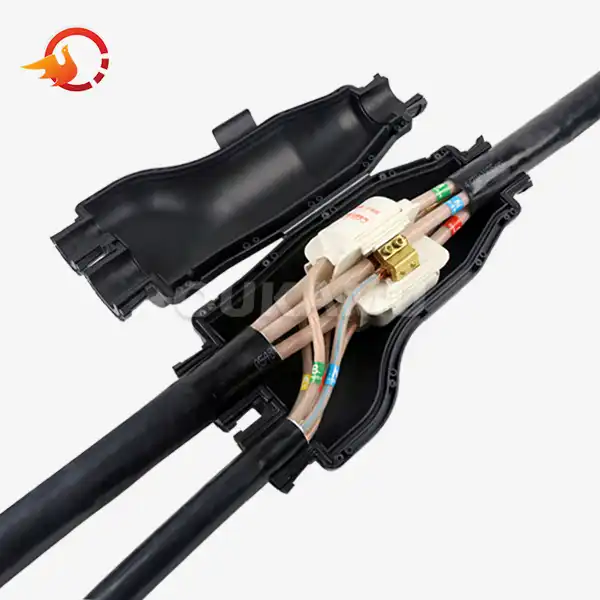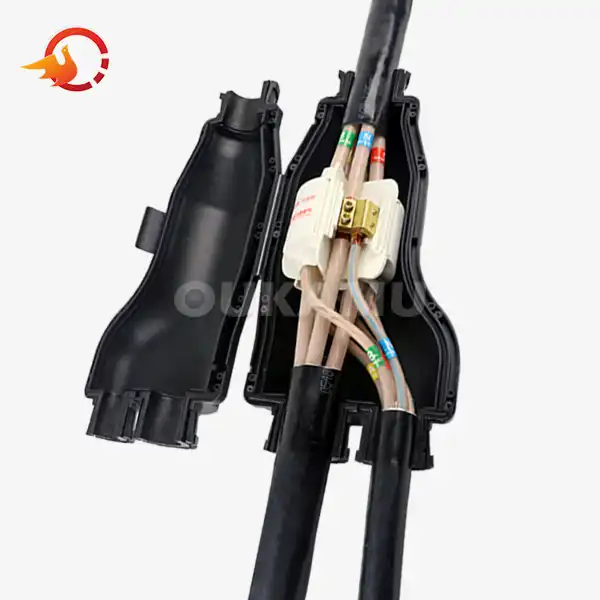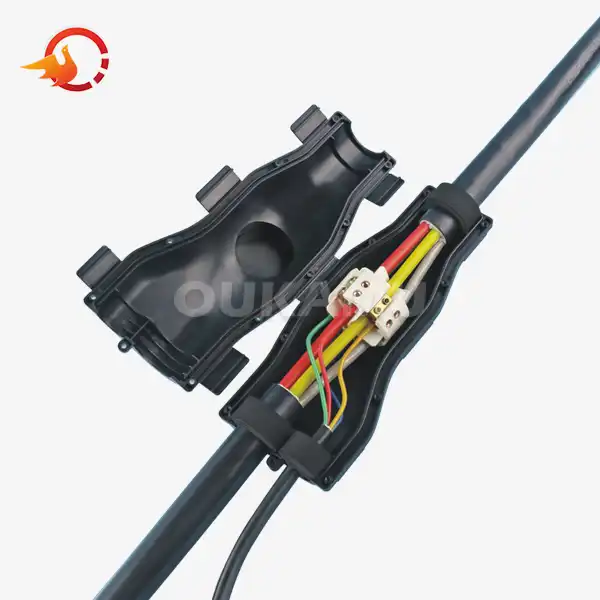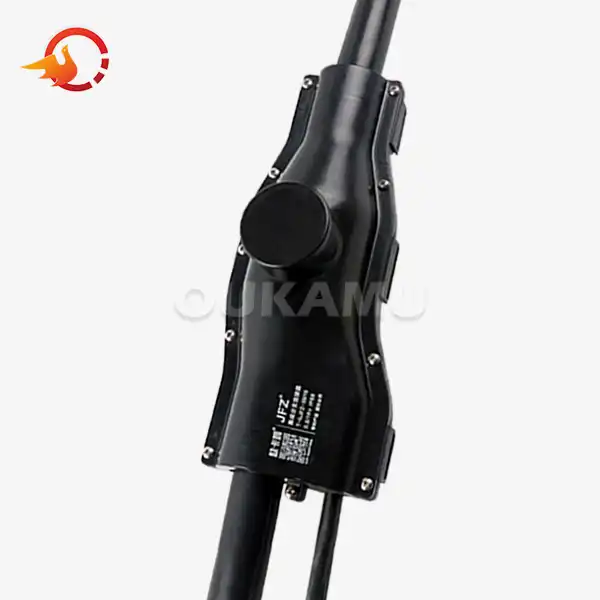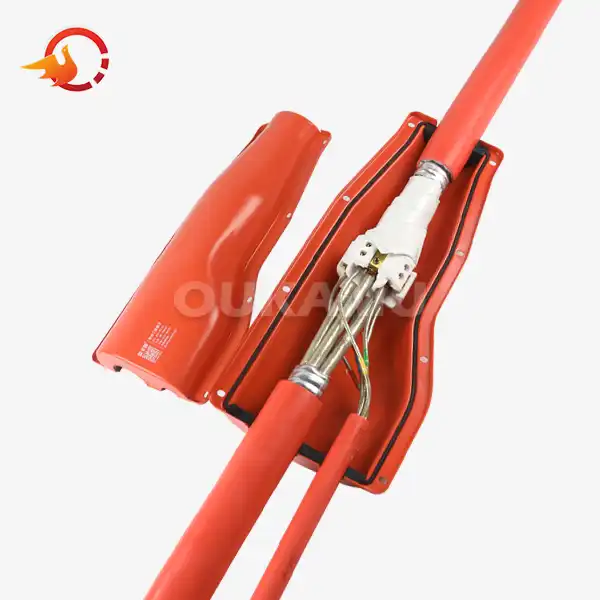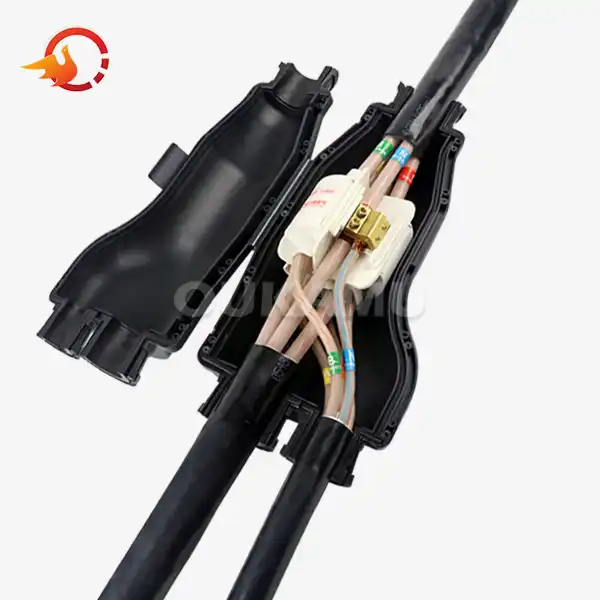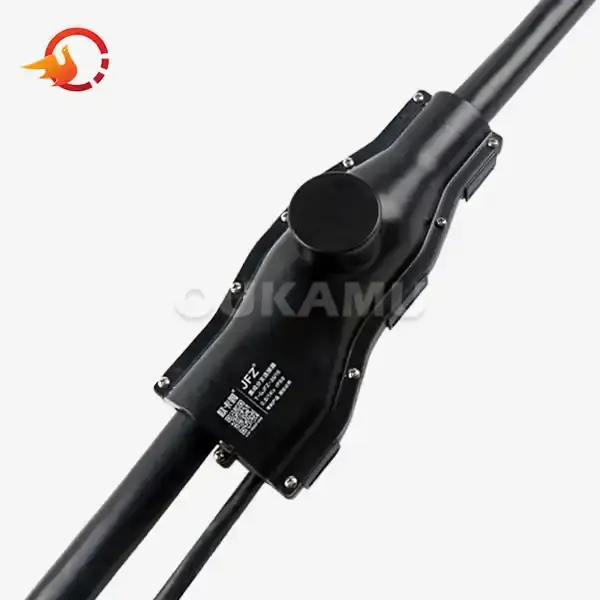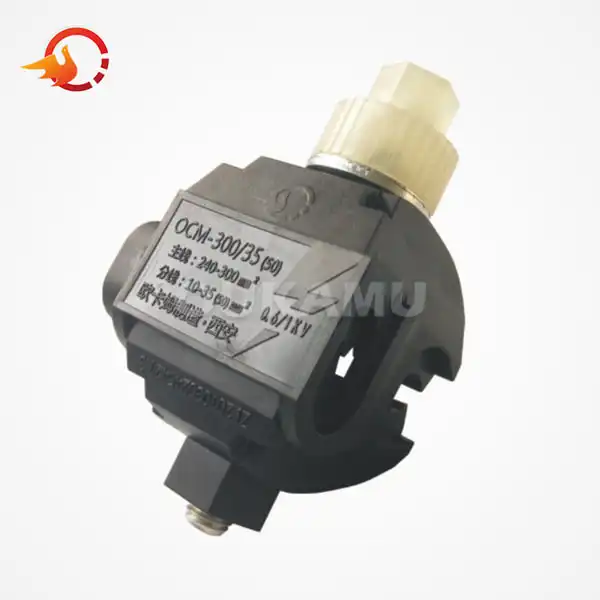Why Branch Cable Joints Are Crucial for Reliable Connections?
 2025-03-17 09:15:10
View:389
2025-03-17 09:15:10
View:389In the world of electrical infrastructure, the importance of reliable connections cannot be overstated. Branch cable joints play a pivotal role in ensuring seamless power distribution and maintaining the integrity of electrical systems. In this comprehensive guide, we'll explore the significance of branch cable joints, their applications, and best practices for maintenance.
The Role of Branch Cable Joints in Electrical Infrastructure
Branch cable joints serve as critical connection points in electrical networks, allowing for the distribution of power from main cables to secondary lines. These joints are indispensable in various settings, including residential areas, commercial buildings, and industrial complexes. Their primary function is to facilitate the branching of electrical circuits, enabling power to be distributed efficiently across multiple endpoints.
One of the key advantages of branch cable joints is their versatility. They can be used with a wide range of cable types and sizes, making them suitable for diverse applications. From low-voltage residential wiring to high-voltage power transmission lines, branch cable joints adapt to different voltage levels and environmental conditions.
The design of branch cable joints incorporates several crucial features that contribute to their reliability:
- Insulation: High-quality insulating materials protect against electrical leakage and short circuits.
- Sealing: Robust sealing mechanisms prevent moisture ingress, which can lead to corrosion and electrical failures.
- Mechanical strength: Durable construction ensures the joint can withstand physical stress and environmental factors.
- Conductivity: Efficient conductor materials minimize power loss and heat generation at the joint.
Common Problems Solved by Branch Cable Joints
Branch cable joints address several challenges in electrical infrastructure, contributing to improved system performance and reliability. Here are some common issues that these joints effectively resolve:
Cable Extension and Modification
As electrical networks expand or require modifications, branch cable joints provide a solution for extending existing cables without the need for complete replacement. This capability is particularly valuable in urban environments where installing new cables can be disruptive and costly.
Load Balancing
In complex electrical systems, load balancing is crucial for optimal performance. Branch cable joints allow for the strategic distribution of power across different circuits, ensuring that the electrical load is evenly distributed and preventing overload on specific segments of the network.
Repair and Maintenance
When cables are damaged or require maintenance, branch cable joints offer a practical solution for repairs. Instead of replacing entire cable runs, technicians can use these joints to restore connections quickly and efficiently, minimizing downtime and reducing costs.
Flexibility in Network Design
The use of branch cable joints provides greater flexibility in network design and layout. Engineers can create more efficient and adaptable power distribution systems by strategically placing these joints to accommodate various power requirements and future expansions.
Improved Safety
By providing secure and well-insulated connection points, branch cable joints enhance the overall safety of electrical systems. They reduce the risk of electrical faults, short circuits, and potential hazards associated with exposed or poorly connected cables.
Maintenance Tips for Long-Lasting Branch Cable Joints
To ensure the longevity and reliability of branch cable joints, proper maintenance is essential. Here are some key tips for maintaining these crucial components:
Regular Inspections
Conduct periodic visual inspections of branch cable joints to check for signs of wear, damage, or environmental degradation. Look for issues such as cracking, discoloration, or signs of moisture ingress. Early detection of problems can prevent more serious failures down the line.
Thermal Imaging
Utilize thermal imaging technology to identify potential hotspots or areas of increased resistance within the joint. Elevated temperatures can indicate loose connections or other issues that require attention.
Electrical Testing
Perform regular electrical tests to assess the integrity of the joint. This may include insulation resistance tests, continuity checks, and partial discharge measurements. These tests can reveal hidden issues that may not be visible during visual inspections.
Environmental Protection
Ensure that branch cable joints are adequately protected from environmental factors such as moisture, dust, and UV radiation. Use appropriate enclosures or protective coverings to shield joints from the elements, particularly in outdoor installations.
Proper Installation
While not strictly a maintenance tip, ensuring proper installation of branch cable joints is crucial for their long-term performance. Follow manufacturer guidelines and industry best practices during installation to prevent issues that may arise from incorrect assembly or positioning.
Documentation and Record-Keeping
Maintain detailed records of installation dates, maintenance activities, and any issues encountered with branch cable joints. This information can be valuable for tracking performance trends and planning preventive maintenance schedules.
Training and Expertise
Invest in training for maintenance personnel to ensure they are familiar with the latest techniques and best practices for maintaining branch cable joints. Knowledgeable staff can identify potential issues early and implement effective solutions.
Conclusion
Branch cable joints are indispensable components in modern electrical systems, providing the flexibility, reliability, and efficiency needed for complex power distribution networks. Their ability to solve common electrical challenges while maintaining system integrity makes them crucial for a wide range of applications.
As technology continues to advance, the design and capabilities of branch cable joints are likely to evolve, offering even greater performance and reliability. Staying informed about these developments and implementing best practices in installation and maintenance will ensure that electrical systems remain robust and efficient for years to come. For more information about cable connection products and expert solutions for your electrical infrastructure needs, don't hesitate to contact us at info@okmbranchcable.com. Our team of specialists is ready to assist you in finding the perfect branch cable joint solutions for your projects.
References
1. Smith, J. (2022). "The Importance of Cable Joints in Electrical Distribution Systems." Journal of Power Engineering, 45(3), 112-125.
2. Brown, A., & Johnson, L. (2021). "Advancements in Branch Cable Joint Technology for Improved Network Reliability." Electrical Infrastructure Quarterly, 18(2), 78-92.
3. Thompson, R. (2023). "Maintenance Strategies for Long-Term Performance of Cable Joints." Power Systems Management Review, 37(4), 201-215.
4. Lee, S., & Park, H. (2020). "Environmental Factors Affecting Cable Joint Durability in Urban Installations." Urban Electrical Infrastructure Journal, 29(1), 55-69.
5. Garcia, M., & Wilson, T. (2022). "Best Practices for Installation and Testing of Branch Cable Joints." International Conference on Electrical System Integrity, Conference Proceedings, 315-328.






